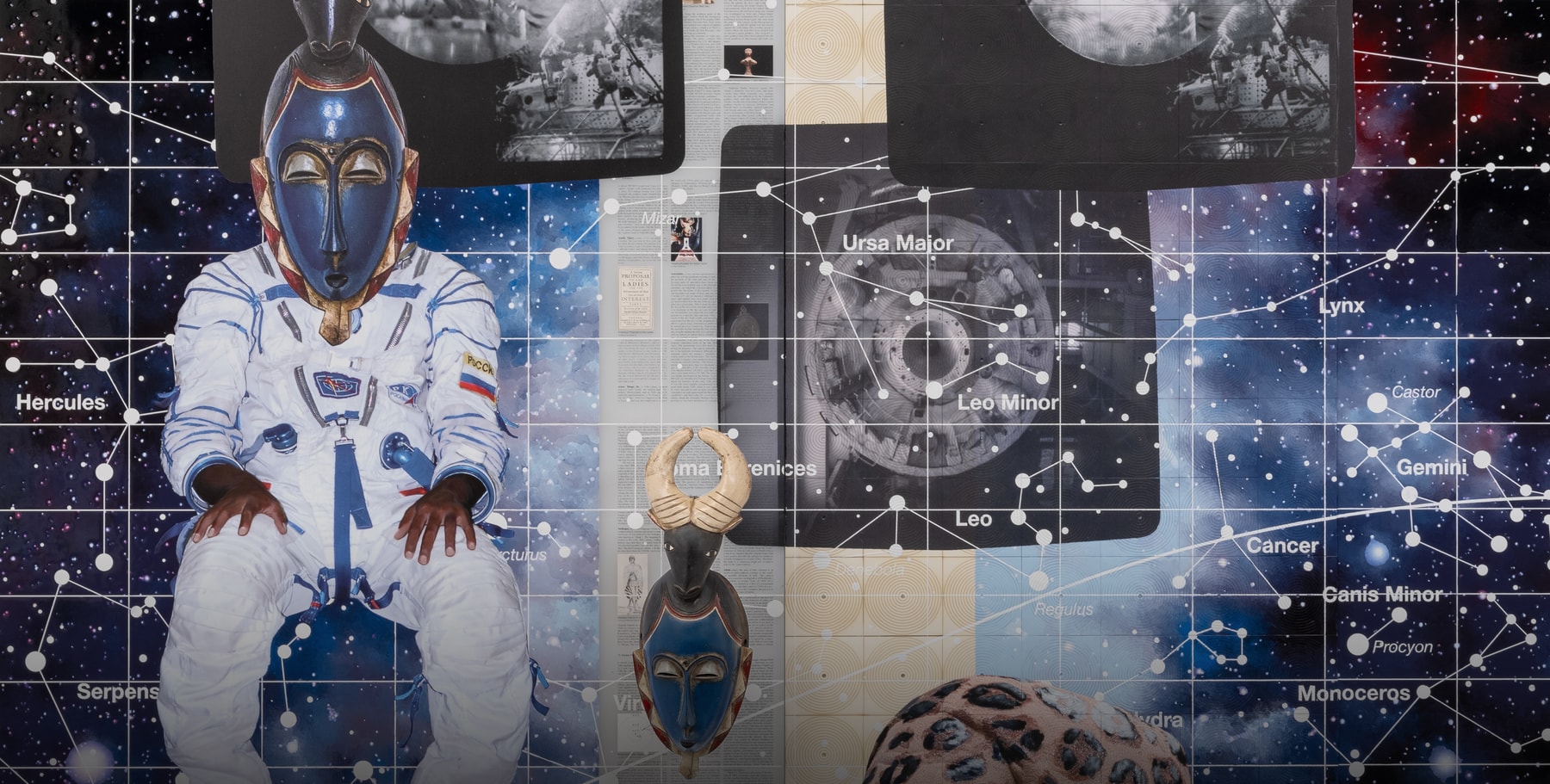

If you were to ask Tavares Strachan to create a self-portrait, it would probably manifest into a neon artwork, ceramic vessel, or even an encyclopedia. Regardless of the medium, however, what’s certain, is that a self-portrait wouldn’t actually feature a real depiction of the Bahamian artist; rather, it would offer a glimpse at his cultural influences, as well as map out the connections he seeks to make between seemingly disparate histories and phenomena.
Inspired by the intersection of where art, science, and politics meet, Strachan mines the images that inundate us every day, to create paintings, sculptures, and installations that spark dialogues around climate change, sports, human aspirations, as well as the legacy of colonial histories, and the Black experience.
Born in the Nassau in 1979, Strachan believes his approach to artmaking stems from being “frustrated” as a child, where he began to question why he was learning the history of Europe, rather than the stories of his own people. “The answers are obvious,” he tells Hypeart. “So I think being a frustrated kid really drove me to be curious about origin stories. The more I would dig, the more I would find stories that were hidden from us.”
Back in 2004, the New York-based artist spotlighted the forgotten history of Black polar explorer Matthew Henson, who ventured out to the North Pole and became the first man to proverbially stand on the top of the earth. Similarly, Strachan recently paid tribute to the first African American astronaut, Robert Henry Lawrence Jr, who tragically passed away in flight training in 1967, by finally sending him to space through a sculpture depicting the pioneering figure.
Regardless if the subject matter is pressing or light-hearted, there is always an air of play within Strachan’s aesthetic. “When you have an idea, it’s usually because you’re in a lucid kind of playful state,” he muses. “I think that is about finding the inner child.”
Under this framework, Strachan’s multi-disciplinary approach bounces across a constellation of thoughts to question our collective consciousness by shedding light on the moments and figures who have been forgotten. A typical artwork, like those from his 2022 solo show, In Total Darkness, overlays everything from jazz pianist Ahmad Jamal and a NASA rocket liftoff to basketball highlights, ancient African sculptures to his hero, political activist Marcus Garvey.
The latter figure has been a constant inspiration for Strachan, from serving as a thematic base for his 2022 solo exhibition, The Awakening, at Marian Goodman Gallery in New York to his ongoing solo show at Perrotin Seoul. “For someone like him to put the type of message he was putting out and when he was putting it out…is just crazy to me and super inspiring.
In lieu of his new solo exhibition, Do and Be, Hypeart hopped on a call with Strachan to understand his cosmic vision and how he seeks to connect the masses by first questioning the knowledge we’ve attained through school and the media.
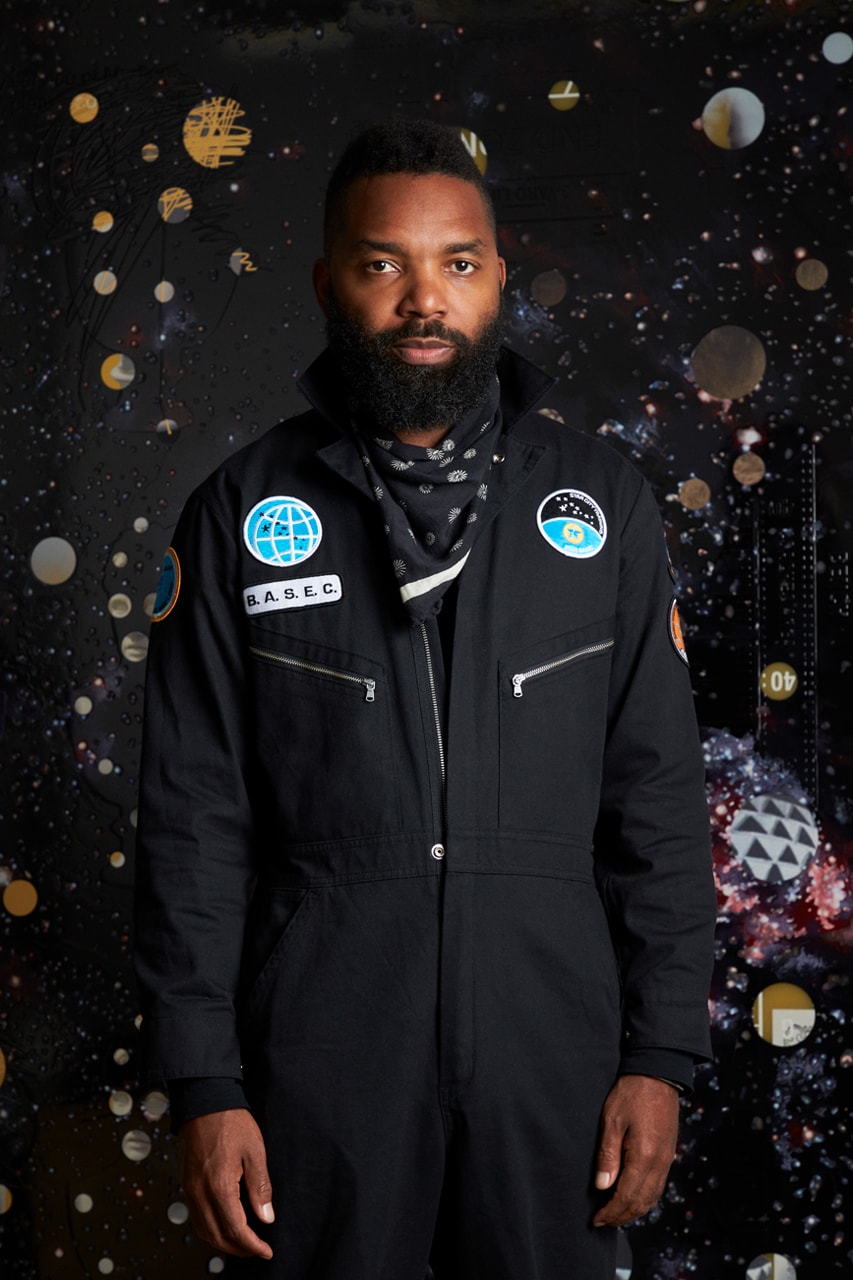
Can you take us back to your early days growing up in the Bahamas, and the influences you believe shaped you?
Most of my influences were musicians. A lot of reggae and early hip-hop artists. Bob Marley and the Wailers, Peter Tosh, and Run DMC. The reason why I was into music as a platform, is that I think music has figured out a way to really combine form and content in a way that isn’t preachy. You didn’t need to know the lyrics. If you could ride the beat, you had a way into the art form. You didn’t need to be a specialist or an expert.
Is there a particular moment, artist, album, athlete or social phenomenon that opened your eyes in your formative years?
Marcus Garvey. Discovering him was a big game changer for me. For someone like him to put the type of message he was putting out and when he was putting it out…is just crazy to me and super inspiring.
I’m also a hip-hop head, so I grew in the ‘90s with Mobb Deep, Jay-Z, and Nas, and remember the early days of the Grammys where they weren’t letting rappers win any awards. I remember Jay-Z protesting not going, because they wouldn’t let him go on stage to collect his award. It’s interesting to frame where we’ve come from.
“You don’t have to be an expert in what I’m doing to enjoy it.”
Jay-Z is such a storyteller, which is such a key component to your practice. Can you describe the way in which you approach narrative within your work?
It’s abstract in a sense. The form, or the way the painting or sculpture appears, is really like the beat in a way. It’s like the rhythm that you ride. And hopefully the form is attractive enough for an audience. Again, you don’t have to be an expert in what I’m doing to enjoy it. If you think of your favorite artists or your favorite song, most people don’t know all the lyrics. I think that’s interesting, right?
Or the lyrics they think they know, might be wrong.
Exactly, but it doesn’t matter because you get the gist of it. However, that’s my approach to storytelling: no one wants to be preached to. It’s great to have a point of view, but also really great when you just connect with something.
Everything from science, history, climatology, sports, and astronomy are all compacted within your work. Where do you source your imagery and reference material?
I’m constantly devouring information. I’m looking around, collecting magazines, listening to music, watching TV shows and sports — I’m a huge sports fan. Images are everywhere and I think we are inundated by them. There are billions of photographs taken everyday. Some of us think in images — if you’re a visual learner, the way you make sense of the world is by stitching images together, like a trumpet player would stitch notes together.
How would you define your practice and what’s your process from start to finish?
I come from a small island where people weren’t necessarily considered artists with a capital ‘A’, like Western European artists. People were creative, but for a long time, the idea that you’re an artist was relegated to bourgeois Europeans.
What I’d like to think I bring to the table is: I’m an artist from really humble beginnings, who is able to speak that language, but also has not neglected the stories from my own people, my own community, and the things that I grew up with. So if you took all the influences from rock, hip hop, grunge music, R&B, and put it into contemporary visual art, I think that would be how I would describe my practice.
The history of painting and sculpture is just a language that I’m co-opting to tell the stories of urban life, talk about history, talk about politics and more.
Can you talk about how you look to exploit ‘absolute truths’ in your work? Whether it be history or in the field of science?
How do we make connections? I think connections are beautiful and there’s a certain poetry when you start to see things come together. There’s a lot of work and journalism about how we’re different. I’m interested in how we’re the same, by not separating genres. For me: painting, sculpture, mathematics, science, politics and what you’re doing — fashion, design, clothing, they’re all pieces of a larger story that we are telling as humans.
“The more I would dig, the more I would find stories that were hidden from us.”
You’ve also said in the past that you have this “fundamental belief that we’re all just trying to talk to our younger selves.” Can you describe that concept further for us?
So much of how we’ve been able to advance technology is through play. Not many good things come from seriousness. When you have an idea, it’s usually because you’re in a lucid kind of playful state. I think that is about finding the inner child. It’s also about being true to yourself. If you know how you grew up and where you’ve come from, then it makes sense that the child in you would be your primary target audience. I think it’s true for all of us — I don’t think it’s reserved for visual arts, film, music, or design. The best physicists, biologists, TV producers, and shoe designers are making things for their kid selves.
How about your work, the Encyclopedia of Invisibility?
I was one of those kids who was frustrated in school, because it wasn’t necessarily helping me make more sense of the world. It was running counter to what information I was getting back in the community. I grew up in the Caribbean, so why was I learning about European history? The answers are obvious. So I think being a frustrated kid really drove me to be curious about origin stories. The more I would dig, the more I would find stories that were hidden from us.
One of the early ones was Matthew Henson. ‘Oh, this dude who went to the North Pole…who looks just like me, did it in 1909?’ And he was the first non-Indigenous person to do it. So I thought: ‘How dope is that?’ That’s just one story, but there’s infinitely more. So that project really evolved from my own struggles as a kid trying to confront how you were being taught to prioritize European history over any other, and what happens when you start to take these invisible hidden stories and make them visible. It grew over a 15 year period to what it is now.
For your Perrotin show, can you walk us through the concept that ties all the new art together and how this body of work differs from the past?
You see the phrase, “Do and Be”, pop up in various cultures. Hinduism, Buddhism, this kind of identity and physical embodiment of the self, and what the idea of self reliance and acceptance means. For me, I was curious about how people, the context of soul, might see me.
Obviously, I did space training, aeronautics training, mountain climbing, and all this research. When you look at the work, it’s a mirroring of how I see myself, projected out in the world, but in action in the doing. So I wanted to play around with the idea of a self portrait of me in these settings that I’m familiar with. But from an outside view, you may not want to put them in that context; e.g. someone like me in a spacesuit or mountain climbing outfit.
The whole premise of the show was to think through that relationship that I have to these things that I’m interested in and have been doing my whole career.
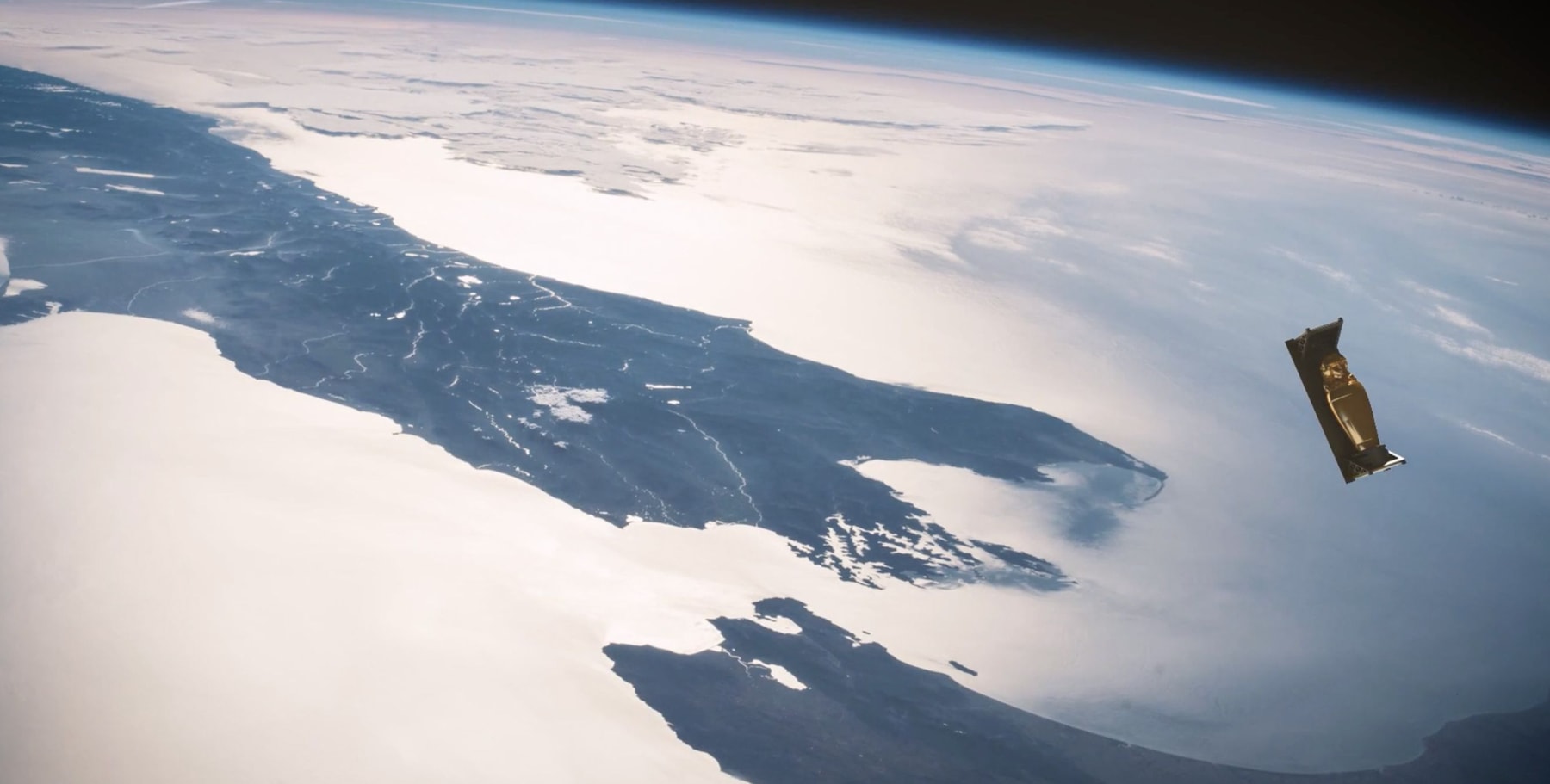
“Art is a platform where human beings are ready to see what they have in common.”
Unity and belonging are core messages within your work. In a time where the socio-political order is fraught with uncertainty around the world — from the threats of nuclear warfare to the climate emergency — how do you believe art can help mend this feeling of unity within the global community?
I think it’s the glue. It’s the thing that binds us together. It’s difficult to disagree with beautiful color — what is there to disagree about? It’s difficult to disagree about good architecture or a certain sound. For example, hip-hop has done more for race relations that anything else. You get a bunch of different people in the same room and they’re all bobbing their heads to the same beat.
Fashion has done a similar thing. I think fashion has done more for identity politics and race relations than anything else, because you get to wear the same thing — there’s a shared consciousness. If there’s one thing that is important for me about artmaking, is that it is really a platform for shared consciousness, where ideas overlap. Art is a platform where human beings are ready to see what they have in common. You can’t solve a global issue without working together on some level.
The pandemic was a great example of that point.
I think about that all the time: how are we going to do anything if we can’t agree on shit? In order to solve serious issues, e.g. the climate, you have to be able to talk to each other and be on the same level. I think art is the perfect vehicle for that communication.
When you think about the future of humanity, are you ultimately hopeful?
I want to be. It’s funny because I was having a conversation with a homie a few days ago. The conversation was: ‘Do you believe we have the capacity to solve climate change or any other existential threat to humanity?’ My instinctive answer was ‘yes’ immediately, but the question is: will we?
We can, we know we have the capacity to, but will we? We have the technology to create a vaccine in record speed. Will we and can we do it before it’s too late?
If we can actually put ourselves in a position where we’re able to see the beauty in the world, then the beauty is worth saving. The beauty is worth enjoying and preserving for the next generation to come. I’m more optimistic than not.
All artwork by Tavares Strachan. Courtesy of the artist, Marian Goodman Gallery and Perrotin.



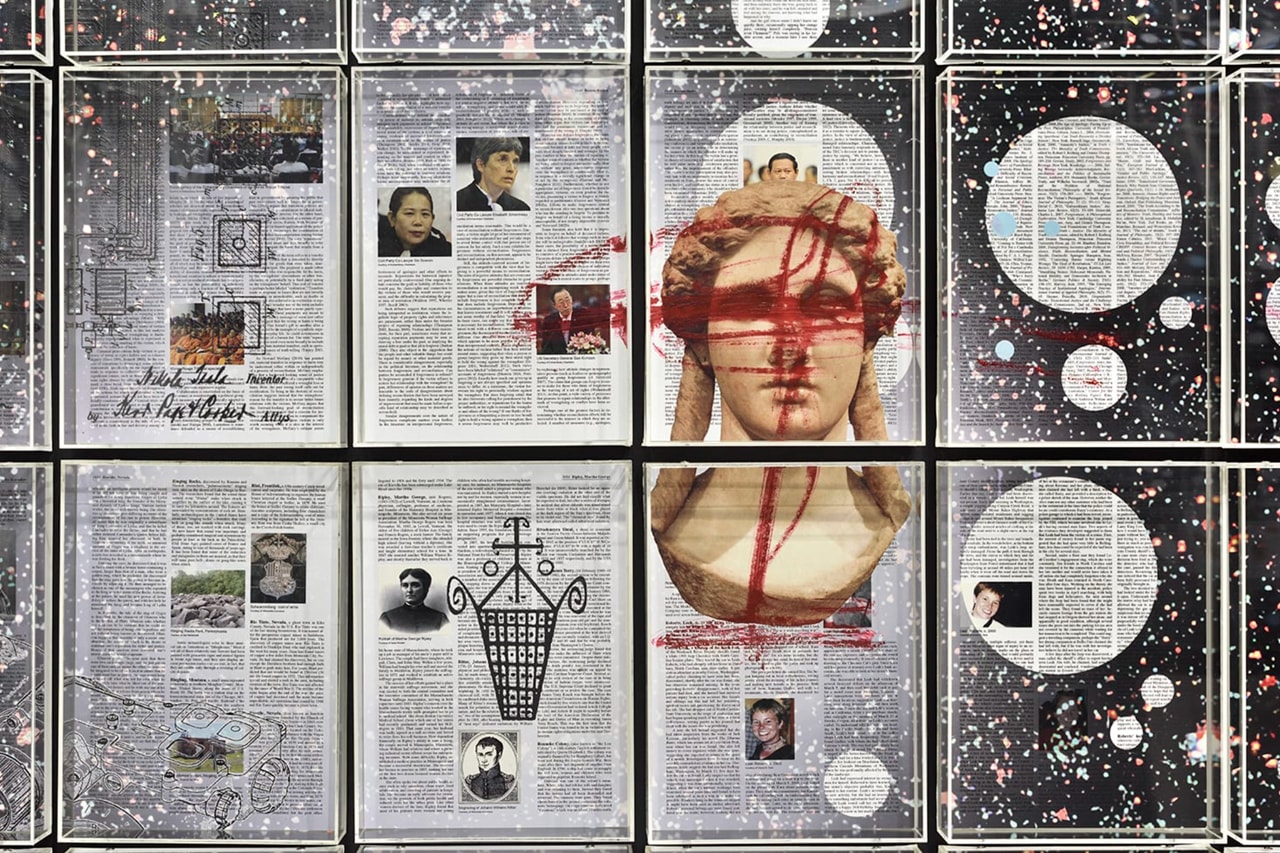
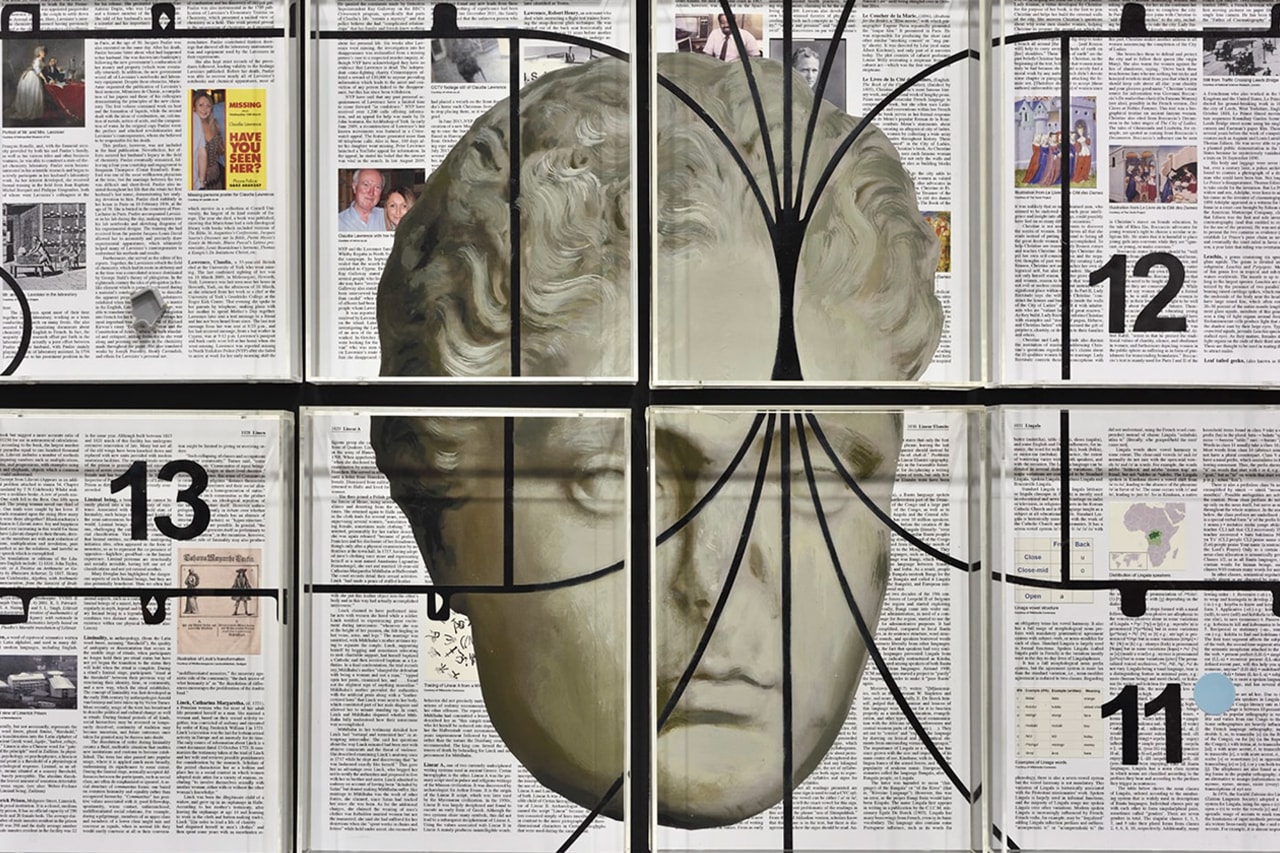
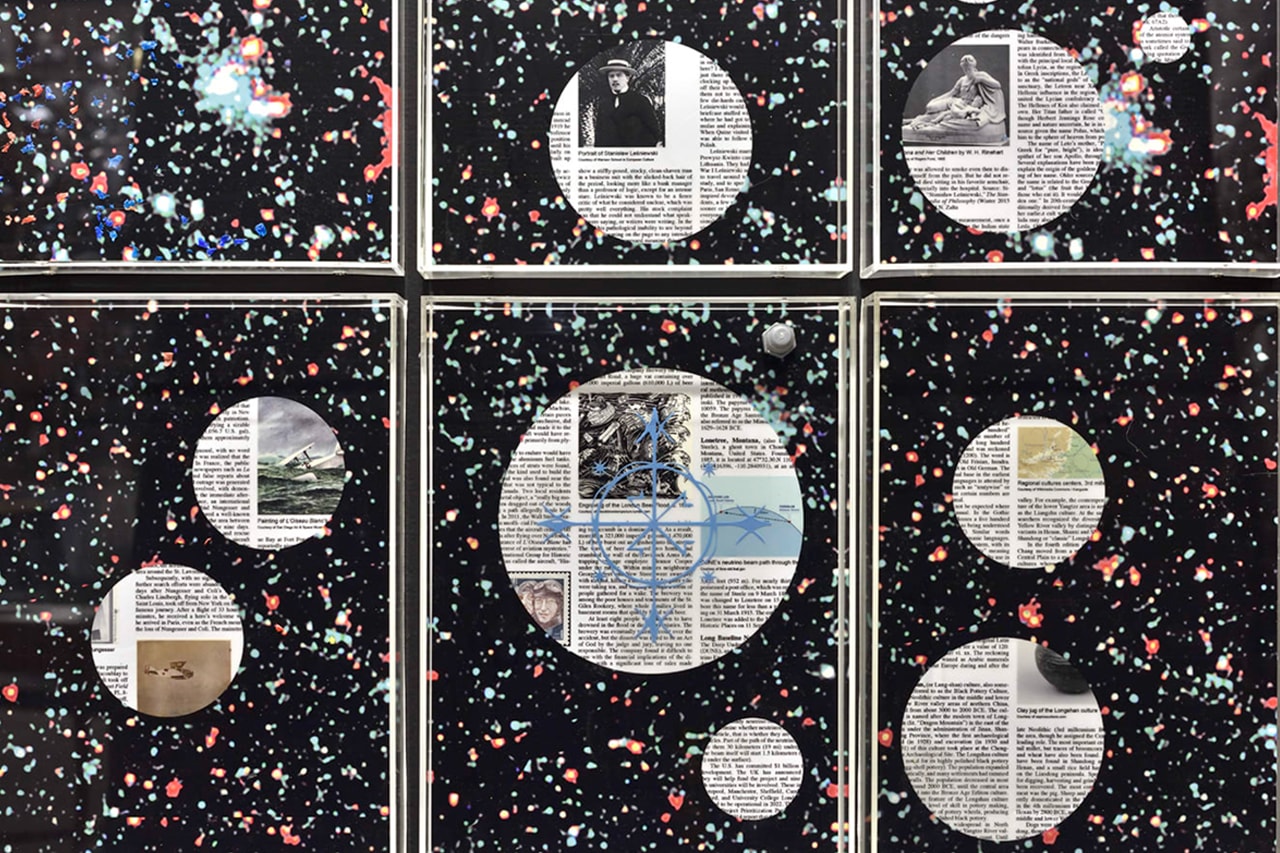
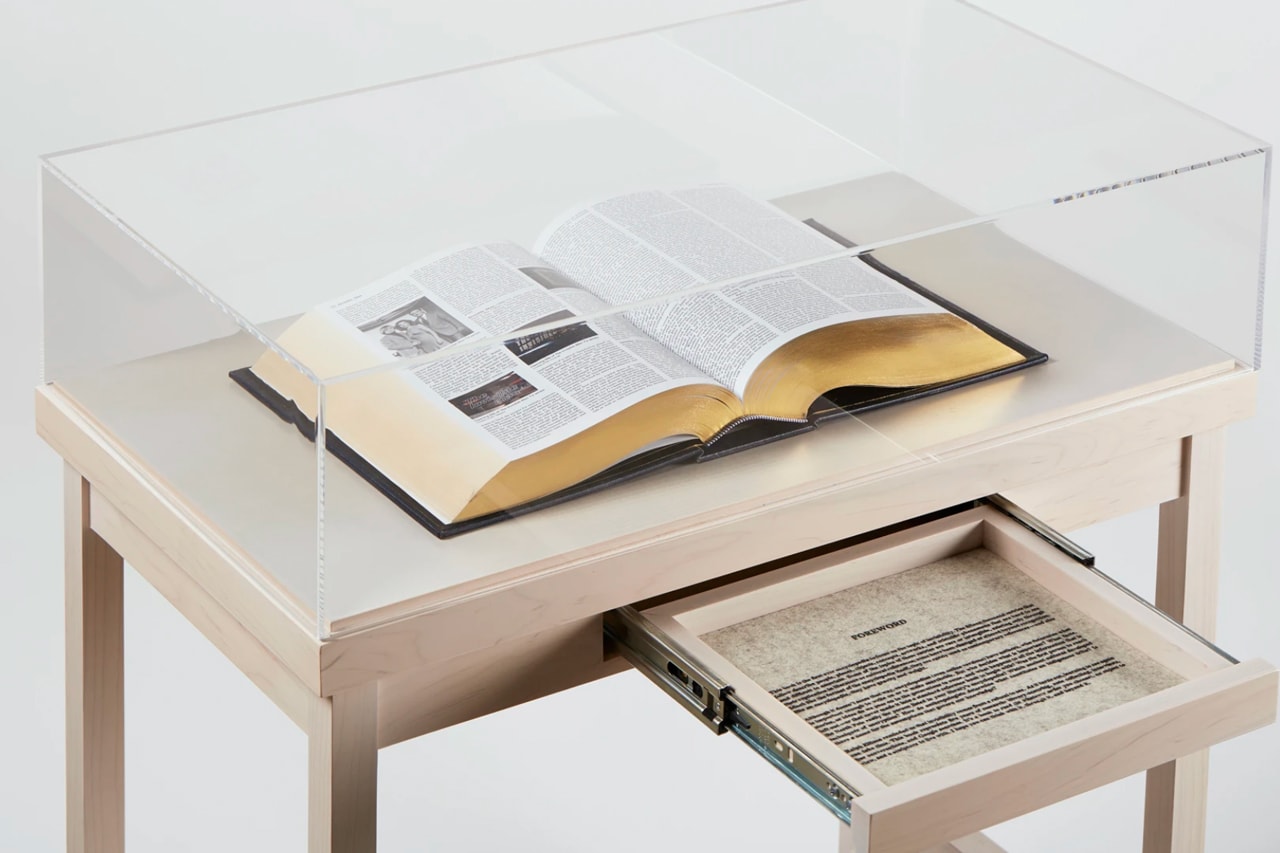
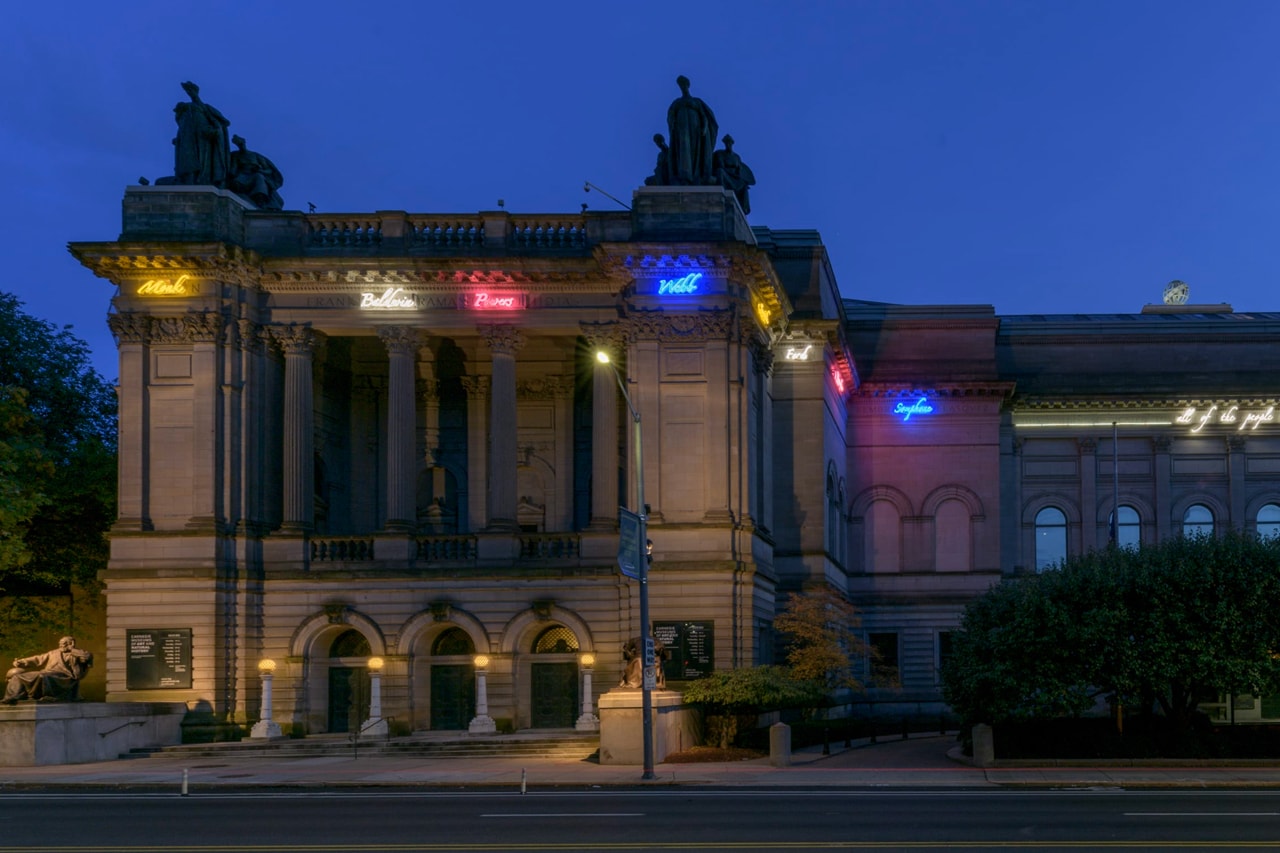
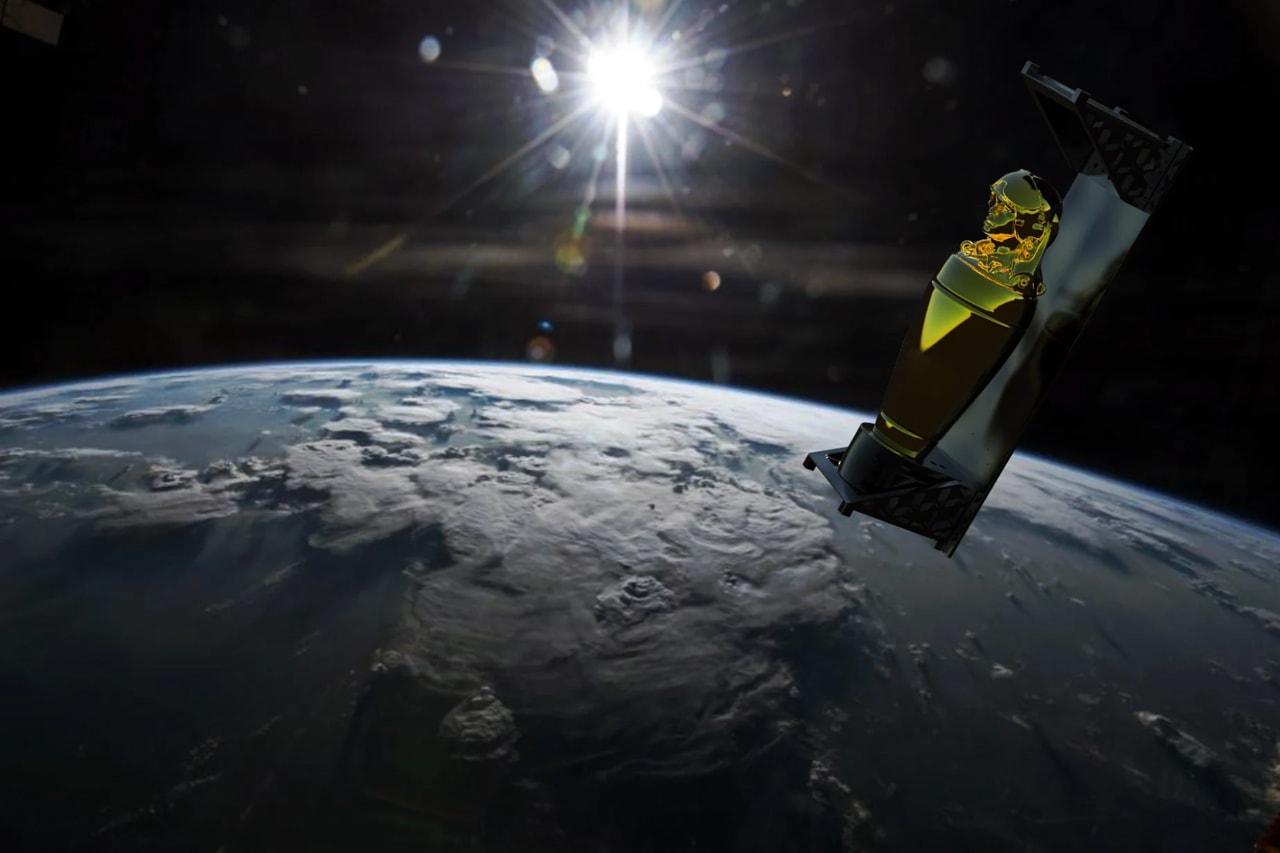
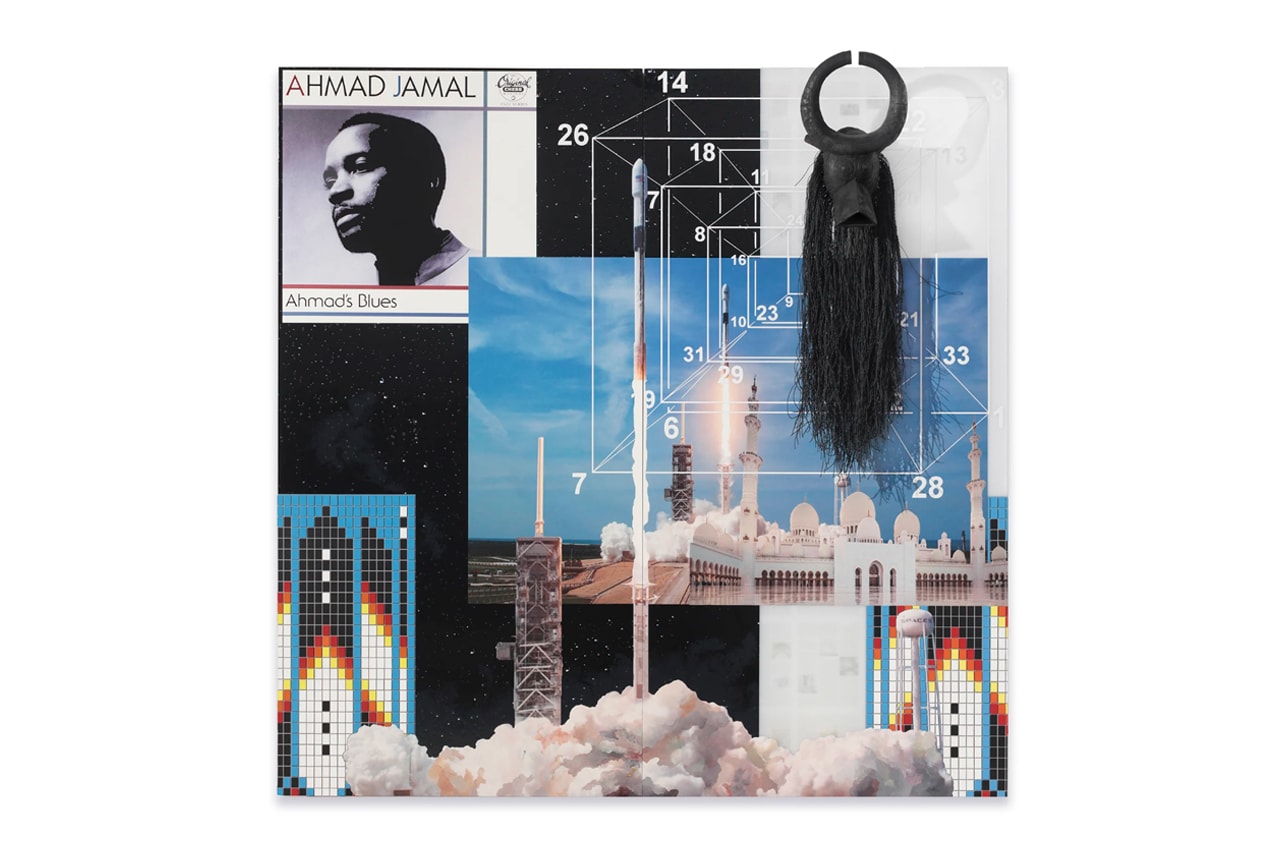

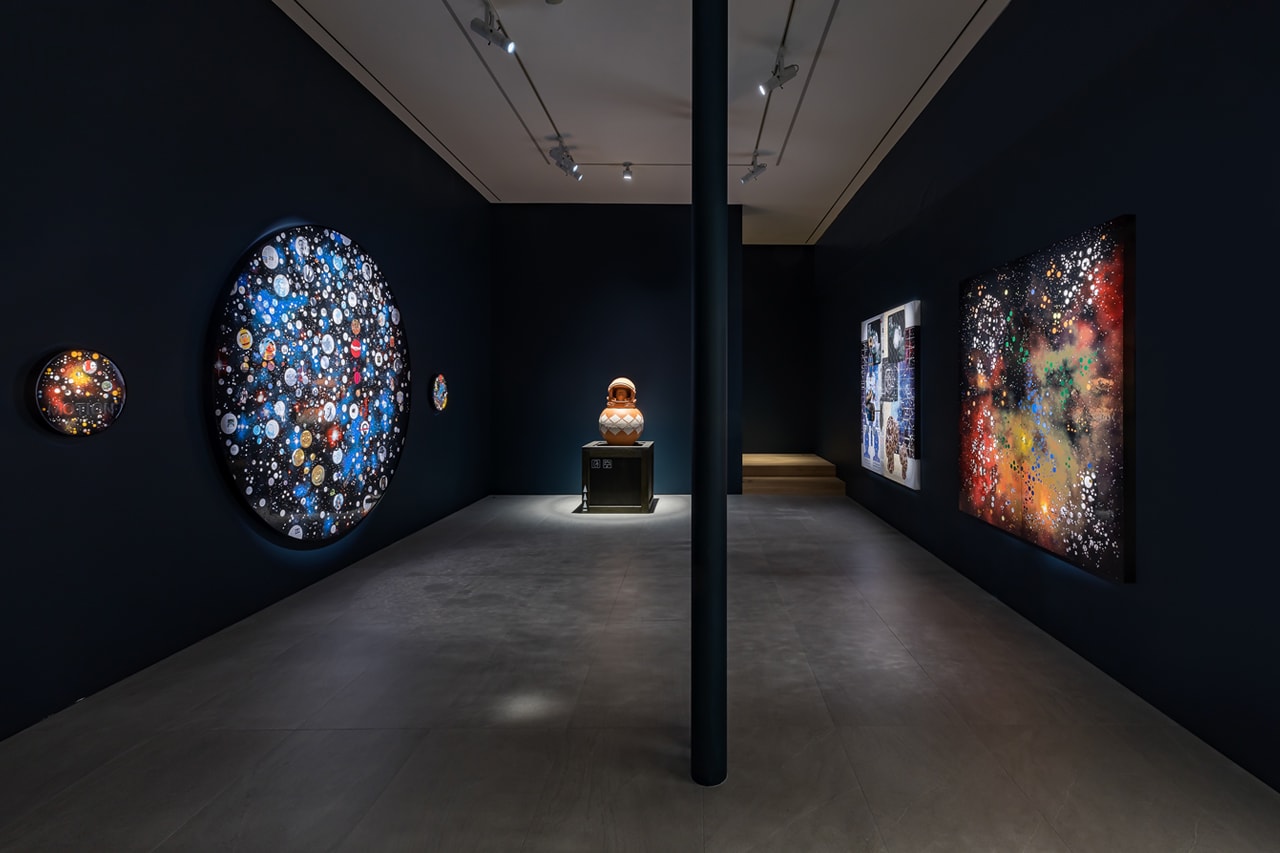
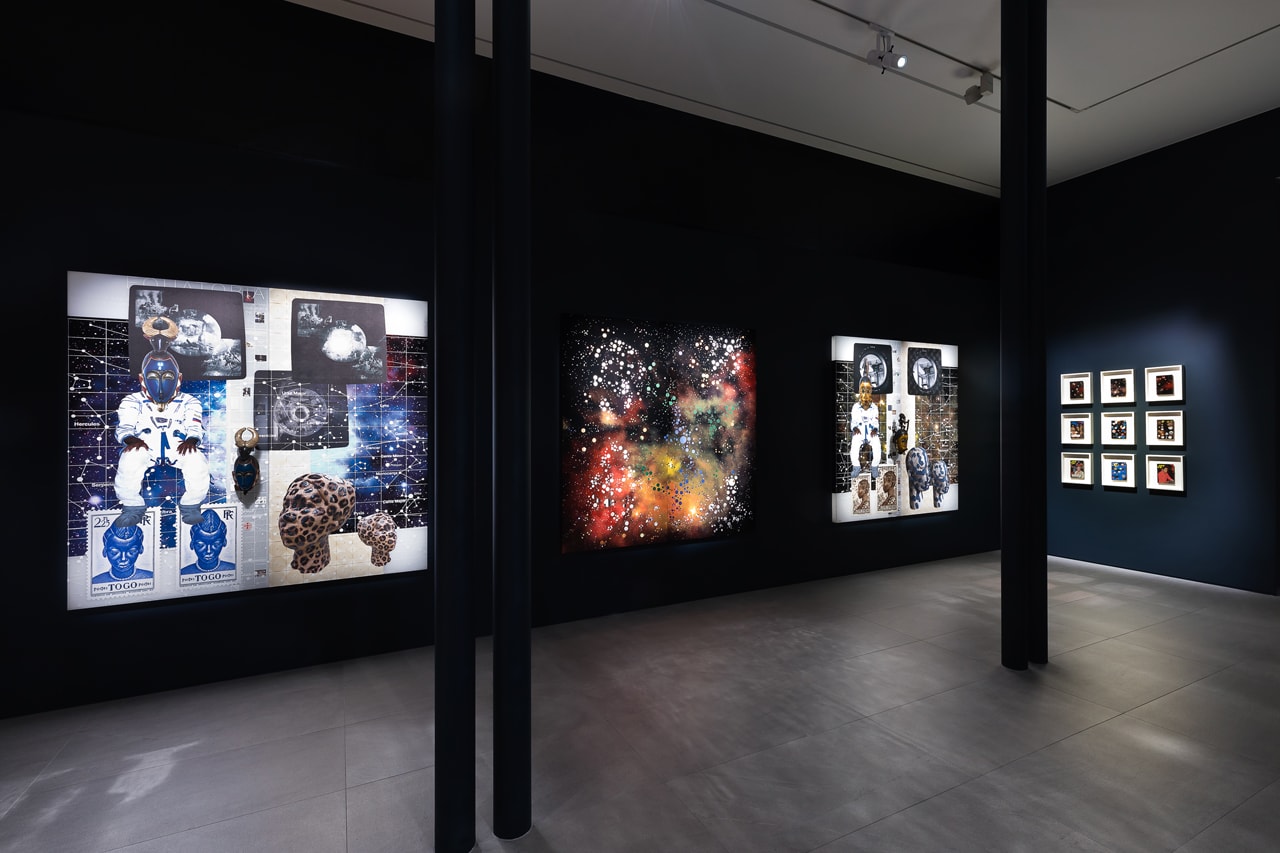
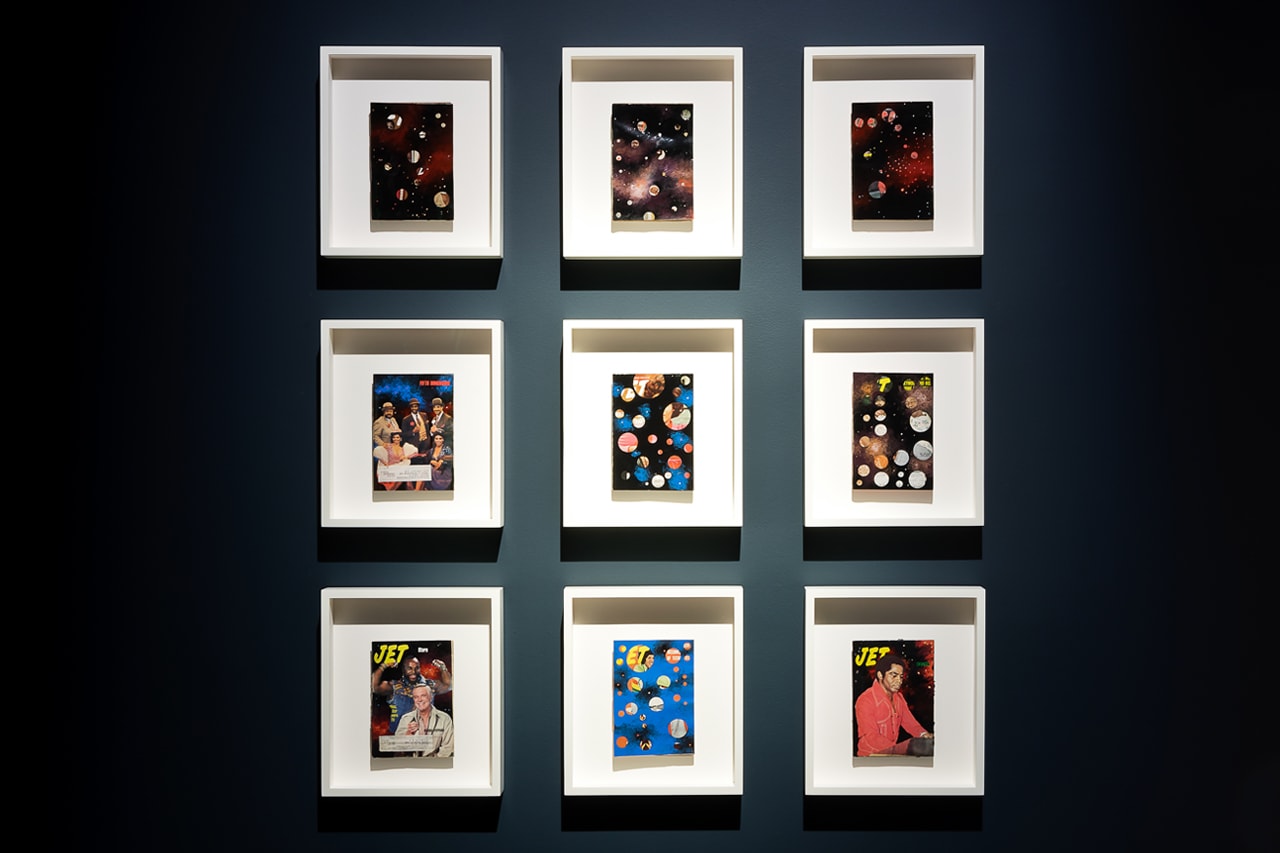
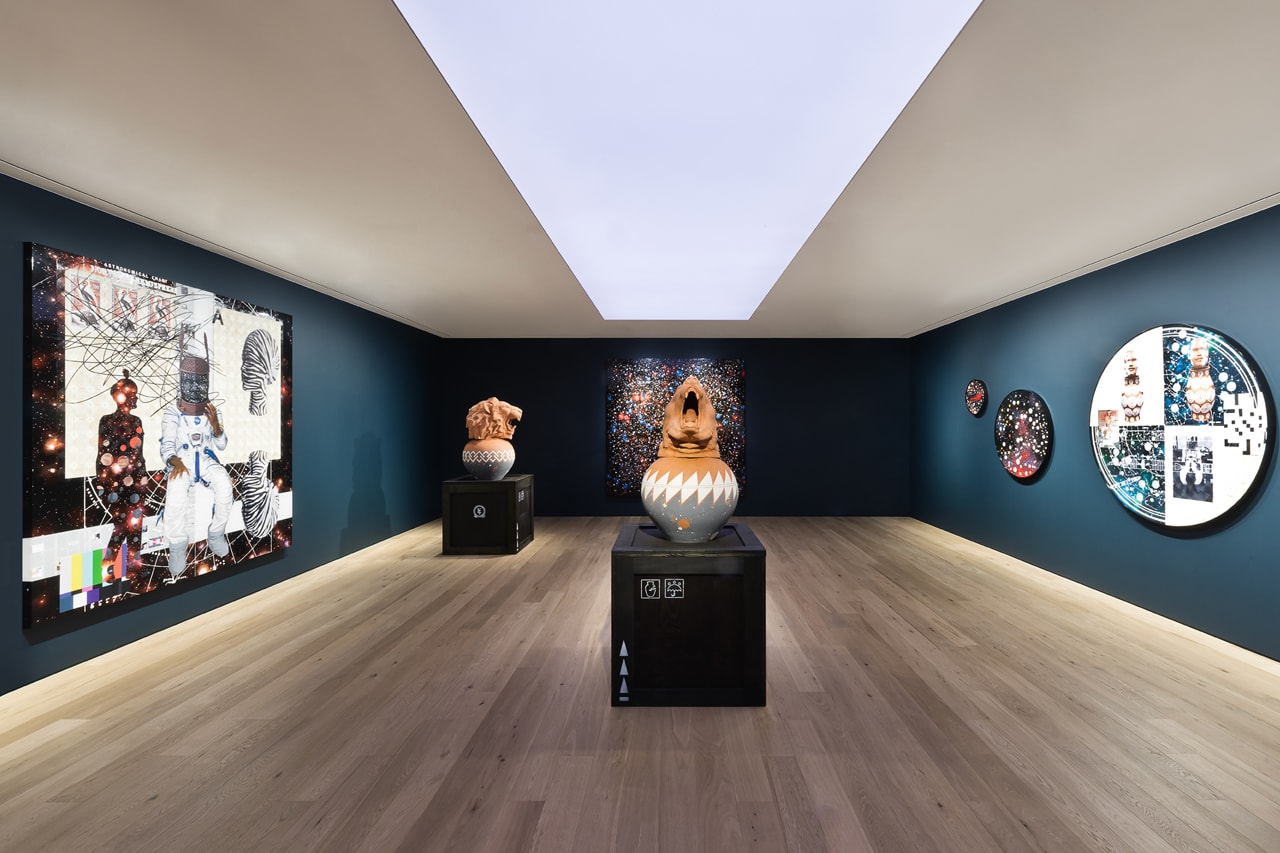

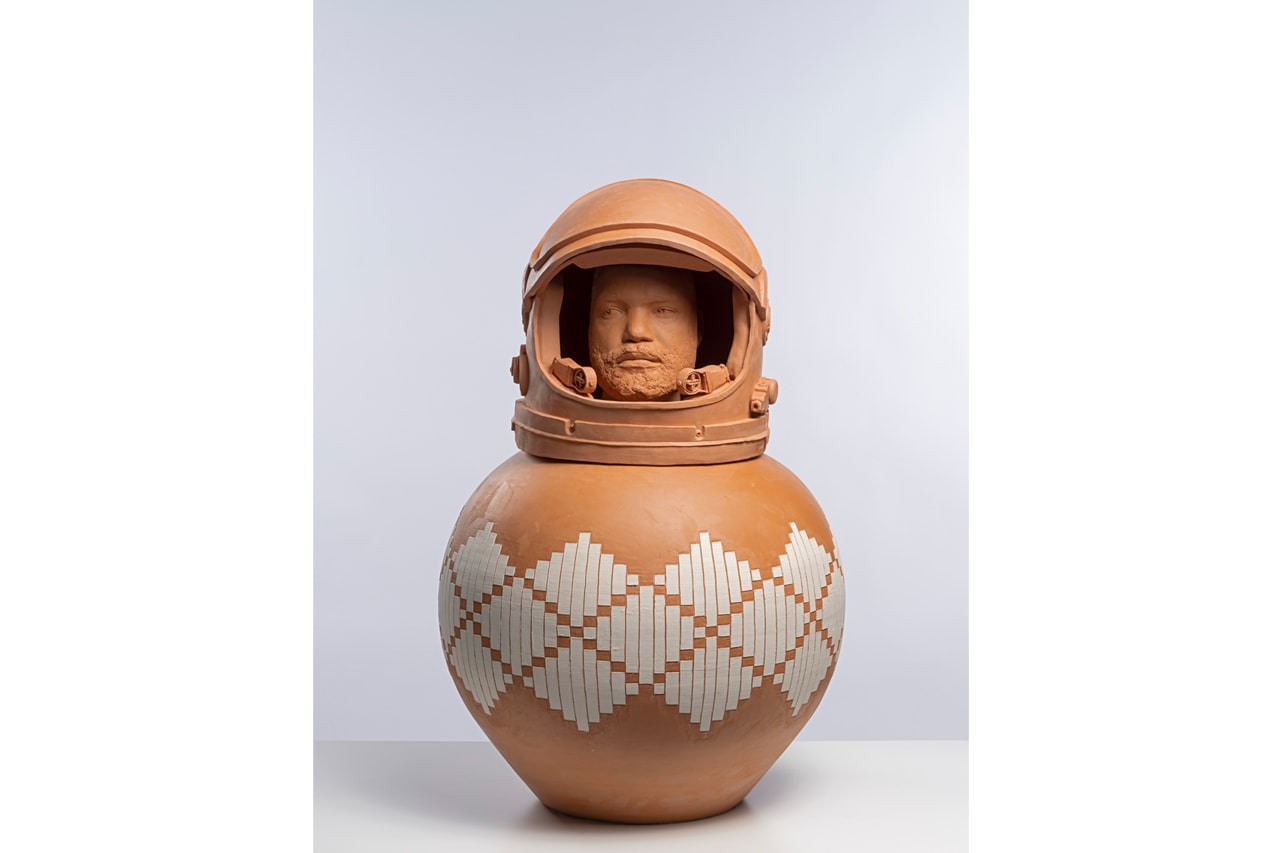

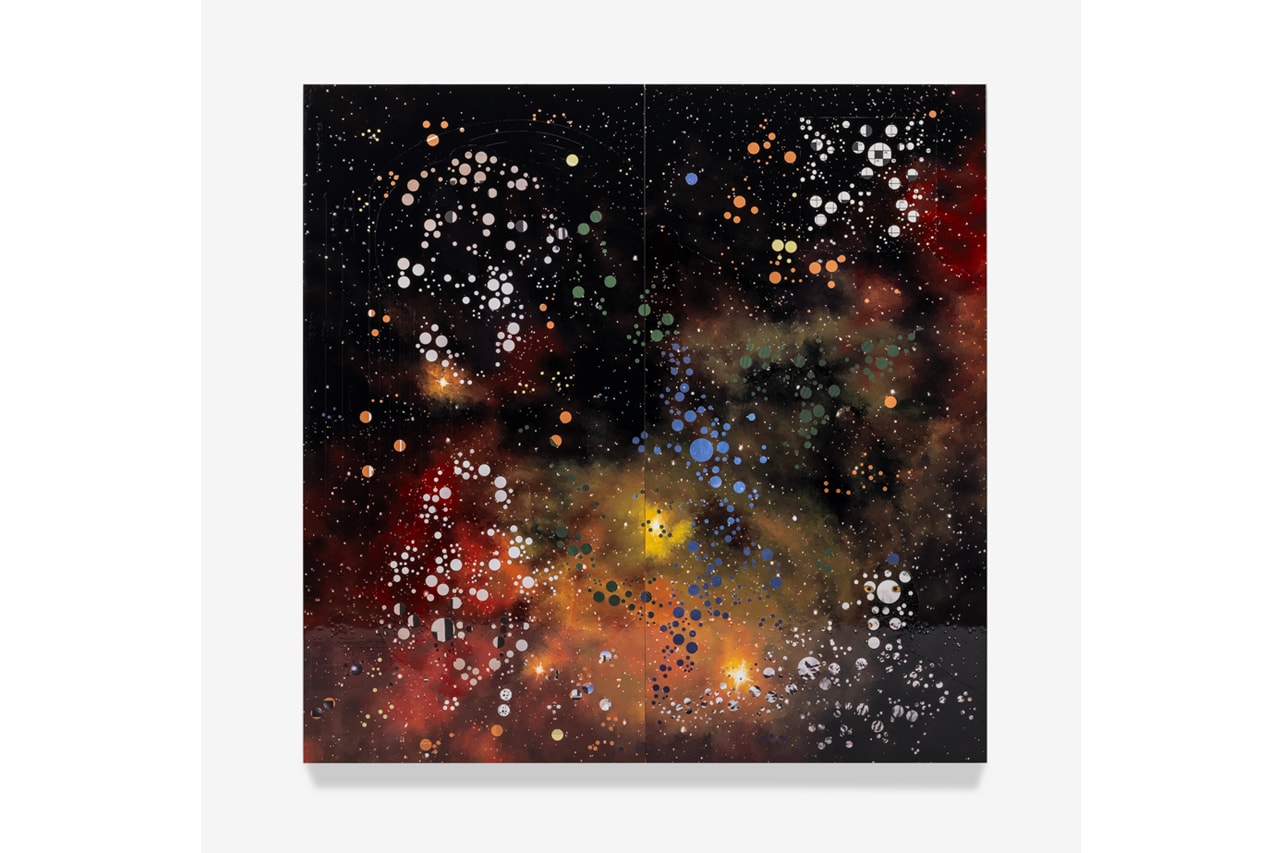
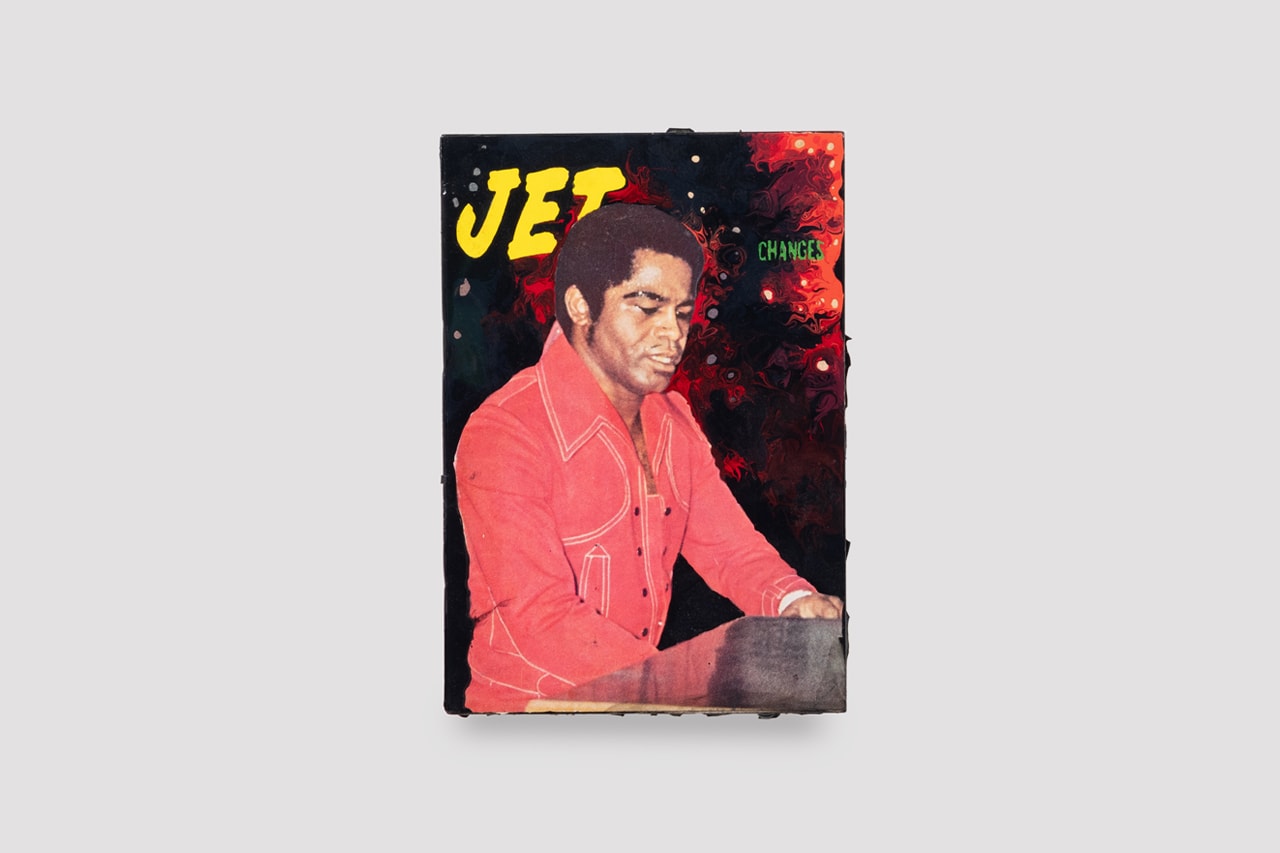
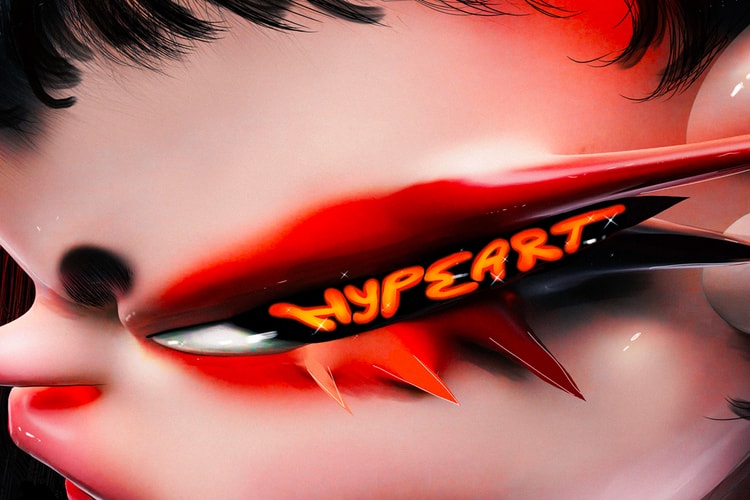
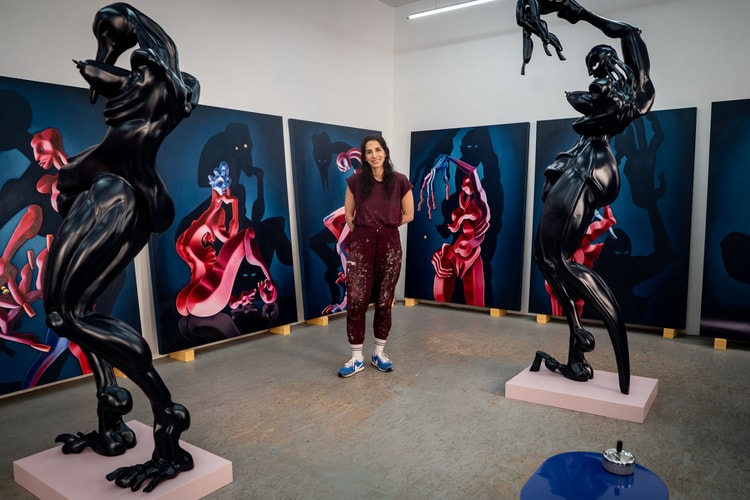
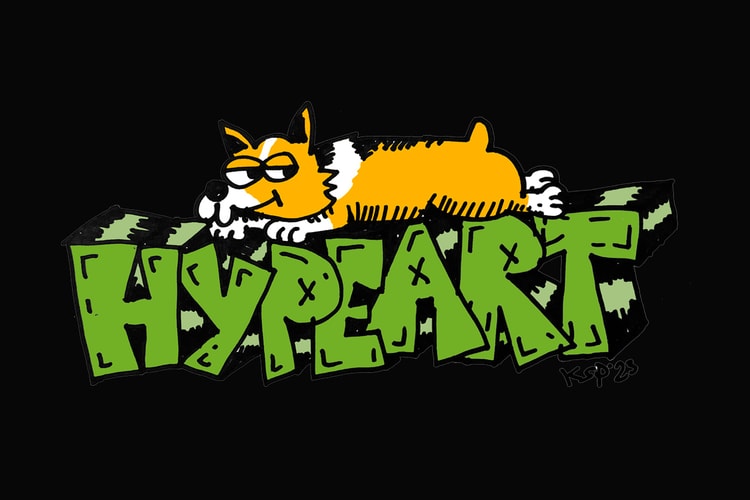

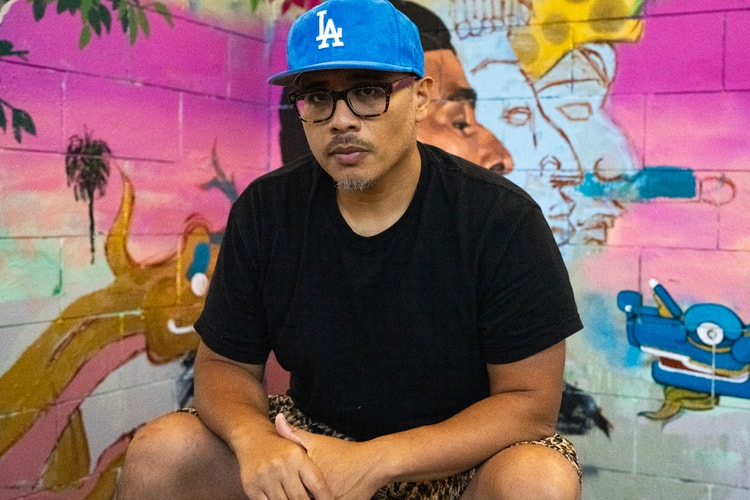

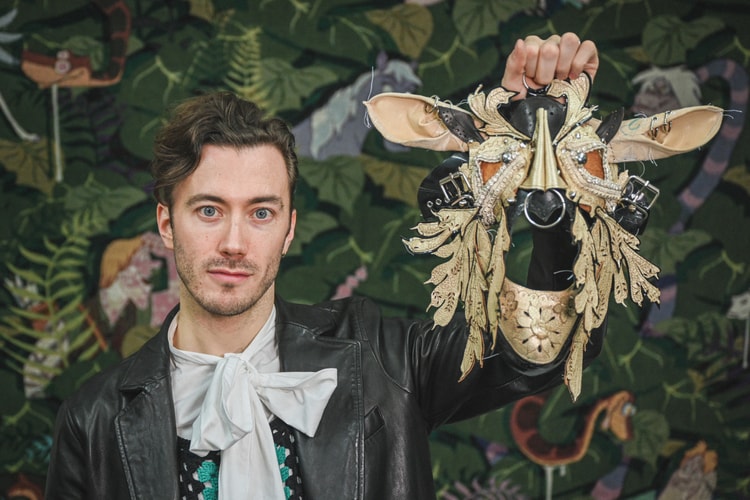
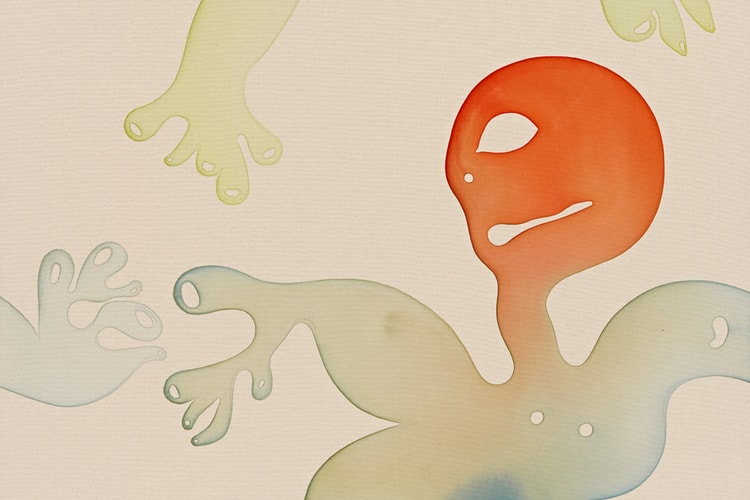
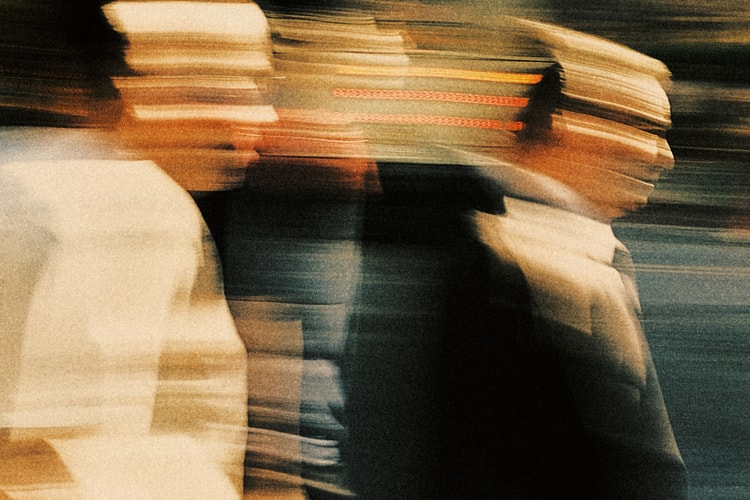
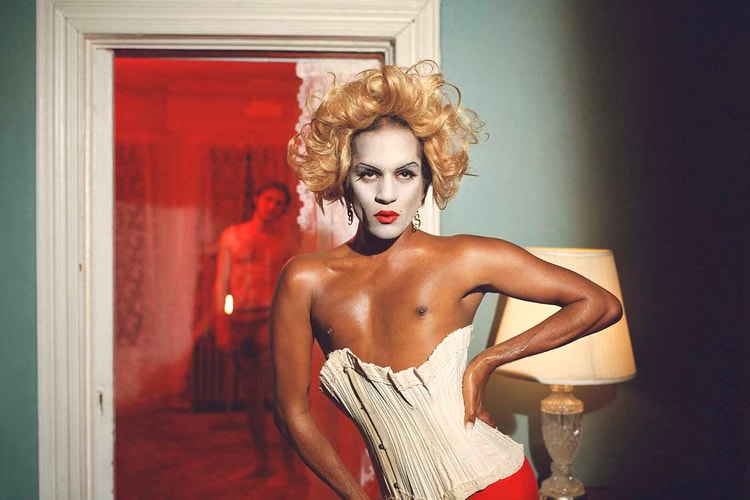
Scan the QR code to open the article on your device or within the Hypebeast App.